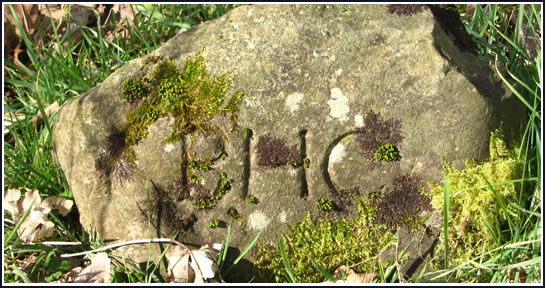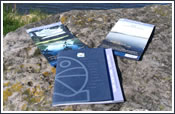
Origins of the Canal
The Canal’s origins lie in the era of “canal mania” during the late 1700s, when throughout the country canals were conceived and built, seen as the modern answer to travel and transport difficulties. While these were concentrated in the more industrialised parts of the country, even in the far South West, proposals for canals were frequent although only a small number were finally completed.
The idea of the Bude Canal was first conceived in 1774, its main use being seen as a means of transporting Bude’s lime-rich sea sand inland to “sweeten” the acidic soils. It was anticipated that other cargoes such as coal, slate, timber, iron and bricks could also be carried inland following their import to Bude. Farm produce from the town’s hinterland was to be exported.
In addition, a more strategic idea for a cross-peninsula canal between the north and south coasts of Devon and Cornwall was mooted. An Act of Parliament gained approval in the same year, 1774, for a canal between Bude and Calstock to connect to the River Tamar to give access to the English Channel. However, this proved too ambitious an idea and the scheme was dropped, the Act of Parliament never being taken up.
An amended scheme based on the more modest agriculture-based proposal was submitted by the engineer James Green which gained approval through another Act of Parliament 45 years later, in 1819. The Bude Harbour and Canal Company was formed and began work the same year, constructing what became a system of waterways with three branches. The scheme was completed in 1825, with a total length of 35½ miles.
The lowest 2 miles of the Canal, between Bude and Helebridge, was built to accommodate the operation of barges. The remainder of the system was more modest in scale and built to be operated by small “tub boats” which used inclined planes rather than locks to overcome the changes in levels demanded by the hilly landscape.
The three branches of the remainder of the Canal were:
- the Aqueduct branch, originally built to supply water to the system from the specially built reservoir at Tamar Lake but later also used by tub boats as far as Virworthy Wharf;
- the Holsworthy branch to Blagdonmoor Wharf;
- the Launceston branch to Druxton Wharf.
.
Bude Canal Trust
Trust Contacts
Or email us at:- enquiries@bude-canal-trust.co.uk

